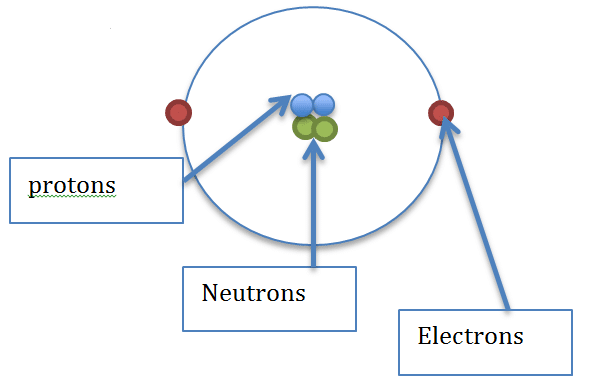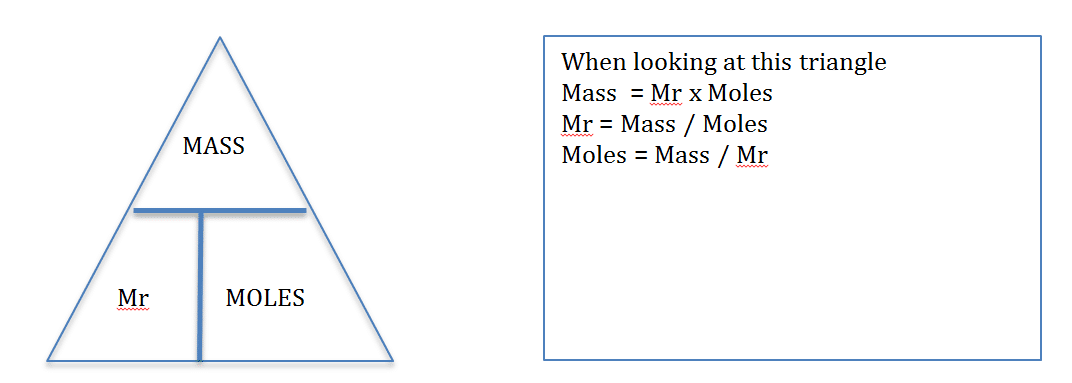Table of Contents
AQA | Unit 1 | Chemistry 1
Page 1 | Atoms, periodic table, chemical reactions
Page 2 | Limestone and Building Materials
Page 3 | Metal and their uses
Page 4 | Crude oil and fuels
Page 5 | Other useful substances from crude oil
Page 6 | Plant oils and their uses
Page 7 | Changes in the earth and its atmosphere
AQA | Unit 2 | Chemistry 2
Page 1 | Structure and Bonding
Page 2 | Atomic structure, analysis and quantitative chemistry
Page 3 | Rates of Reactions
Page 4 | Exothermic and Endothermic Reaction
Page 5 | Acids, Bases and Salts
Page 6 | Electrolysis
AQA | Unit 3 | Chemistry 3
Page 1 | The periodic table
Page 2 | Water
Page 3 | Calculating and explaining energy change
Page 4 | Further analysis and quantitative chemistry
Page 5 | The production of ammonia
Page 6 | Alcohols, carboxylic acids and esters
Atomic structure, analysis and quantitative chemistry
Learning objectives:
To learn the relative masses of atoms can be used to calculate how much to react and how much we can produce
Atomic structure
The mass of an atom is relative to the number of protons and neutrons that are present in the nucleus. Each atom consists of a nucleus,
which contains the protons and the neutrons,
they then have electrons which exist on the outer energy levels.
Relative masses of subatomic particles
Protons and neutrons have a relative mass of 1 whereas electrons have a very small relative mass, which is equivalent of 1/1836

Mass number and atomic number
The mass number of an atom is the total number of protons and neutrons it contains.
The atomic number of an atom is the number of protons it contains
Therefore the mass number of an atom is never smaller the the atomic number
Isotopes
Elements will all have the same number of protons, but some elements will have different number of neutrons. Therefore this highlights that the atomic number will be the same where as the mass number will be different.
So atoms of the same element with different number if neutrons but the same number of protons are called isotopes
Chemical symbols
When looking at symbols in a periodic table the top number will shoe the mass number and the bottom the atomic number
So for example carbon
12
6 C this tells us that there are 6 protons, and as the mass number consists of protons and neutrons, to work out the number of neutrons, you follow this calculation
so in this case it will be 12 – 6 = 6
therefore carbon has 6 protons and 6 neutrons
Relative formula mass
The relative formula mass is found by adding together the relative atomic mass(otherwise known as mass number) of all the atoms in the compound.
The symbol for relative formula mass is Mr and the symbol for relative atomic mass is Ar
Therefore when working out the Mr in exams, Ar will be given in a table.
Example 1
Workout the Mr for CO2
So the Ar for carbon is 12 and the Ar for oxygen is 16
So 12+16+16 = 44
Moles
The relative formula mass of a substance can be shown in grams, this is referred to as the moles of a substance
Example 1
One mole of carbon dioxide has a mass of 28g
Therefore 14g will be equivalent to 0.5 moles and 56g will be equivalent to 2 moles
When doing mole calculations it is best to use this triangle

Analyzing substances
Chemists can use a number of methods to analyze substances and compounds.
Paper chromatography
Paper chromatography is used to analyze colored substances, paper chromatography works by dissolving the liquid, so they travel up the paper
This way of analyzing substances can be used for colored pigments and food additives.
Gas chromatography
Gas chromatography is a mixture of compounds to be separated.
⦁ The sample is dissolved in a liquid, then injected into of the machine
⦁ An unreactive gas, such as nitrogen carries the sample through the machine
⦁ The different substances within the sample travels through the machine at different speeds and are then separated
Mass spectrometry
Mass spectrometry works similar to gas chromatography, but can also provide information on the relative formula mass
Quantitative chemistry
In chemistry, candidates should be able to calculate the masses of reactant and products, percentage composition by mass, percentage yields, and empirical formulas
Percentage composition is a way to illustrate the different proportions of elements in a compound
You should be able to work out the percentage by mass of an element in a compound
To work out percentage composition follows the steps below
Example
The formula for sodium hydroxide is NaOH, work out the percentage by mass of oxygen
⦁ work out the Mr of the compound, using the Ar provided
⦁ so for NaOH it is , 23+16+1 = 40
⦁ take the Ar of oxygen and divide it by the total Mr.
⦁ 16/40 = 0.4
⦁ multiply by 100 to get a percentage – 0;4 x 100 = 40%
Percentage Yield
Mass is never lost or gained in chemical reactions, so whatever we start with in the reactants, the same amount of mass will be present in the products
Using this simple principle it lets you calculate the theoretical mass of a product, however in reality this is not always possible, as some product may be lost, or some reactions may not go to completion
Yield can be defined in two different ways
⦁ Theoretical yield – this is the maximum mass of a product in a reaction (using the above principle)
⦁ Actual yield – this is the mass of a product when you actually carry out the reaction
Percentage yield is the ratio of actual yield compared to the maximum theoretical mass
Therefore the total equation is
Percentage yield = (actual yield / theoretical mass ) x 100
Reversible Reactions
Many reactions are known as reversible, this means that reactions can go in both direction not just one
When writing a reversible reaction, scientist use this symbol
The symbol means that the reactant can break down the from the products, but also the products can react to form the reactant again
Reacting masses calculations
Example 1
CaCO3 Ca) + CO2
If we have 50g of CaCO3 how much CaO can we make?
First work of the Mr of the two compounds
CaCO3 is 40 + 12 +16 + 16 +16 = 100
CaO is 40 +16 = 56
This means the ration of the two is 100:56, so we can equate this to 100g of CaCO3 and 56g of CaO
However in the question we only have 50g, so we will only get half the amount of CaO as well which is 28g
For further help use ratios
The original ratio was 100:56
However in the question we only have 56grams
So 100 : 56
2 2
50 : 28
Empirical formula
The information given from reacting masses can be used to calculate the formula of a compound
Example
If 3.2g of sulfur reacts with oxygen to produce 6.4g of sulphur oxide, what is the formula of the oxide
Use these steps to calculate the formula
⦁ Find the masses – sulfur 3.2 and oxygen 3.2
⦁ Find the Ar of the elements – sulfur is 32 and oxygen is 16
⦁ Divide the mass by the Ar – 3.2/32 = 0.1 and 3.2/16 = 0.2
⦁ find the ratio – the ratio is 0.1:1.2 which is 1:2
⦁ so the final ratio is SO2


